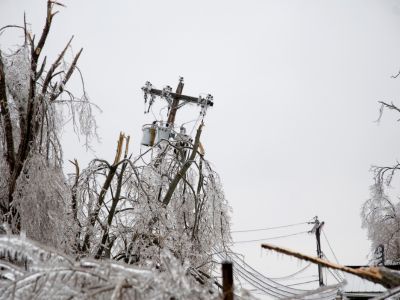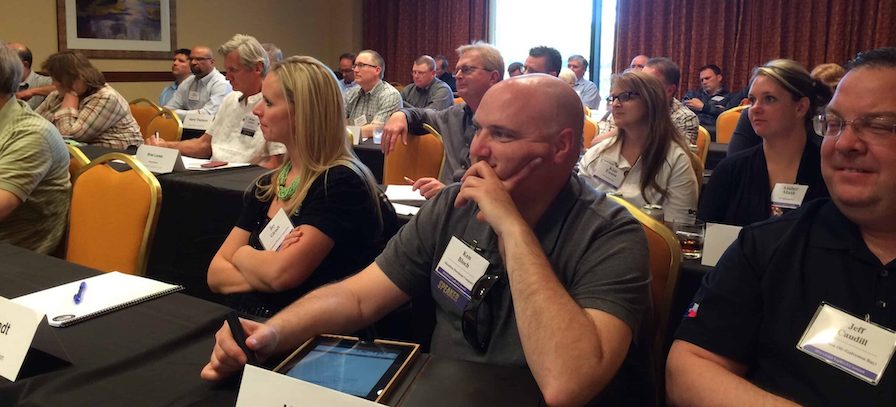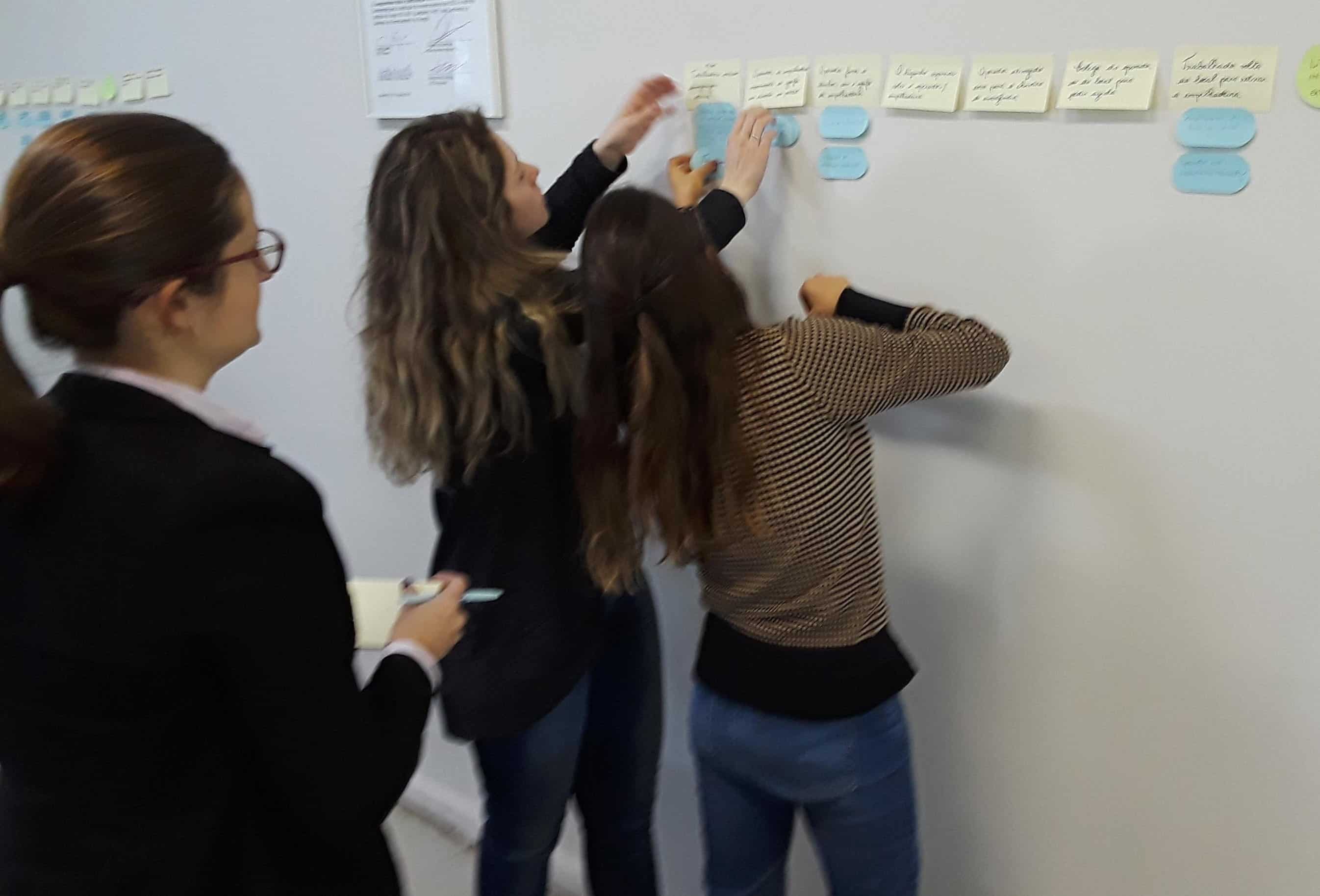Errors After a Failure

First the Failure
Before you can have an error after a failure, you must start with the failure. What kind of failure are we talking about?
- A fatality or serious injury.
- An equipment failure.
- A product that doesn’t meet the customer’s expectations (quality issue).
- A failure of safety-critical equipment (a process safety incident).
- A release of toxic or hazardous materials.
That’s just a sample. The trick is that we would rather prevent these types of failures (incidents) and not have the potential to make an error after the failure.
Error After a Failure
What is an error after a failure? There are many types. We will discuss six of them and suggest ideas to prevent each of them.
Make the Failure Worse
People often respond to a failure and attempt to “help.” But this help can make the consequences worse. Here’s an example …
A pharmaceutical plant uses vats to produce a product. The vats that held the product were filled with nitrogen to prevent product oxidation. A worker either fell or climbed into a vat and was overcome by the lack of oxygen. Another worker attempted to rescue the first operator and also died due to lack of oxygen. A third worker found the other two workers but didn’t enter the vat. By the time the first responders arrived and retrieved the first two workers, the two workers were pronounced dead at the scene.
In this case, trying to save the first worker led to the death of the second worker.
The vat was a confined space. One might ask about the workers’ confined space training and emergency response to confined space accidents.
One might call this “training beyond the mistake.” And training beyond the mistake is one of our best practice sessions at the 2025 Global TapRooT® Summit.

CLICK HERE for more information about the session and CLICK HERE for more information about the Summit coming up on October 1-3 in Knoxville, TN.
Ignore It/Cover It Up
If the initial failure has the potential for serious consequences but doesn’t cause a serious incident, workers, supervision, or even management may look the other way or even cover up the initial failure. After all, nothing really bad happened.
Why could this cover-up cause a more serious problem? Because the incident won’t have an appropriate root cause analysis. Thus, effective corrective actions to prevent similar future incidents won’t be implemented. This leaves the causes for the first failure in place to cause additional and potentially more serious accidents in the future.
Employees, supervisors, and management must realize that admitting that there has been an error, mistake, or failure is the first step to improvement. Lately, people call this willingness to admit and discuss mistakes openly “psychological safety.” And there is a best practice track session about it at the 2025 Global TapRooT® Summit.

CLICK HERE for more information about this session.
Just Fix It
Often, people are tempted to skip doing a root cause analysis after a failure because the answer seems obvious and they already know what they need to do to fix the issue. This is an error after a failure.
Why? Because even though one thinks they know the answer, without a thorough root cause analysis, you can’t be certain that your efforts will bear fruit.
What should someone do for these “obvious” errors? A simple root cause analysis. This will help you identify all the causal factors and make sure that potentially more serious incidents are prevented.
Want to learn more about root cause analysis? See THIS ARTICLE.
Troubleshooting Error
When equipment fails, repair personnel often take the “replace a part” approach to troubleshooting. They just put a new part in (the cheapest one, the most likely one, or the first one they think about) and hope for the best. Often, this approach is a mistake and results in additional equipment failures because the real reason (the root cause or causes) of the equipment failure hasn’t been addressed.
An example of this occurred at a refinery where 23 failures of pump seals on a process occurred within 12 months. Each time, the pump seal was replaced and no further troubleshooting or root cause analysis was performed.
The final failure led to an explosion, fire, and serious injury of four workers. If a thorough troubleshooting and root cause analysis of any of the previous 22 pump seal failures had been conducted, the reason for the failures could have been discovered, and corrective actions could have prevented the subsequent failures (and the resulting explosion, fire, and injuries).
Do you need to prevent repeat equipment failures by learning more about effective equipment troubleshooting and root cause analysis? Then consider attending a 2-Day Equifactor® Equipment Troubleshooting and TapRooT® Root Cause Analysis Course. See the course description HERE. See the upcoming public course dates HERE. Or CONTACT US for a quote for a course at your site.

Blame
Many times the result of an error is blame and punishment. We have written about this many times before:
- Trapped in the Blame Vision
- Uncareful People Are To Blame
- Is Blame Built Into Your Root Cause System?
- Is Blame the Best Root Cause Tool?
- The RaDonda Vaught Case: Moving Past Blame and Punishment
Here is Marcus Miller talking about preventing blame…
Discard the Evidence
After an error, what is your first priority? You should probably say taking care of the injured and preventing further damage. In many cases, people might also include cleaning up the scene and getting work restarted. But this could be a mistake.
Here is an example … the lost power pole.

An ice storm caused trees, power lines, and even power poles to collapse. A woman in a car was struck by a falling power pole and, after treatment, was left with permanent paralysis.
The woman sued the utility. Her attorney claimed that the power pole had been defective (rotted) and should have previously been replaced by the utility. If the utility had not been negligent, the woman would not have been injured.
The utility replied that they had performed their own investigation and that the report stated that the pole had failed due to excessive weight of ice on the lines and the pole. The pole had not been defective. The investigation had been done quickly because of the large number of power failures at the time. The utility’s main focus had been on getting the power restored.
The attorney for the woman asked that an outside expert be given access to the evidence to evaluate the pole that had been removed by the utility. The judge ruled that, even after two years, it was reasonable that the utility should have maintained the evidence because the utility had professional investigators and knew that a woman had been seriously injured and might sue.
The utility responded that in the cleanup, all damaged poles had been disposed of. Also, the investigator didn’t take or retain any pictures or samples of the pole. Thus, there was no evidence to turn over to the attorney’s expert.
The judge ruled that the evidence (the pole) was in the utility’s control, was relevant to the woman’s claim, had been destroyed by the utility, and (and this is very important) that the utility should have known to preserve the evidence because they had trained investigators and knew that legal action was likely. Thus, the utility was found to have “spoiled” the evidence (evidence spoliation).
Because the utility spoiled the evidence, the judge applied a sanction. He told the jury they should infer that the pole had been defective.
The jury awarded a multi-million dollar award.
What can you do to prevent destroying evidence? Train your investigators (and maybe even first responders) about evidence collection. See the course outline of the Effective Interviewing and Evidence Collection Course HERE. See the upcoming public course dates HERE. See our online training HERE.
Avoid Errors After a Failure
Do you want to avoid errors after a failure? Then review your incident response and decide where you need to improve.
Do you want more ideas for improving performance?

Consider attending the 2025 Global TapRooT® Summit. There are eight best practice Sharing tracks to choose from. They include:
- Investigations & RCA Best Practices Track
- Safety & Risk Management Best Practices Track
- Human Performance Best Practices Track
- Improvement Program Best Practices Track
- High-Reliability Organization Best Practices Track
- Maintenance & Reliability Best Practices Track
- Psychology of Improvement Best Practices Track
- Instructor Recertification Track
Learn more about the sessions in each track by clicking on the title above.
Also, consider attending one of the 11 2-day pre-Simmit Courses…
- Advanced Communication/Presentation Skills
- Analyzing and Adjusting Safety Culture
- Auditing & Proactive Improvement Using TapRooT® RCA
- Best Ways to Use Data to Improve Performance
- Developing an Incident Command System
- Equifactor® Equipment Troubleshooting & TapRooT® Root Cause Analysis
- Interviewing & Evidence Collection
- Stopping Human Error
- TapRooT® Advanced Case Study Workshop
- TapRooT® Root Cause Analysis Training
- TapRooT® Software Training
Plus, find out more about our five informative, motivating, energetic Keynote Speakers…

For more Summit information and to register, CLICK HERE.



